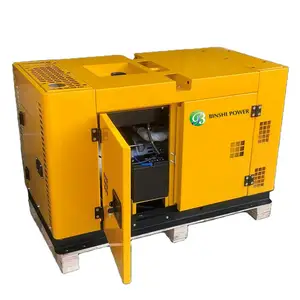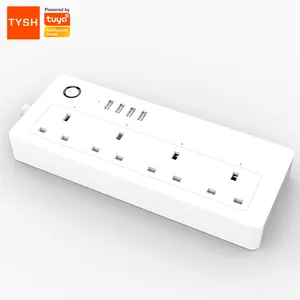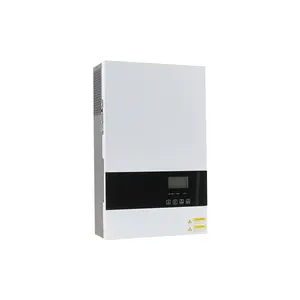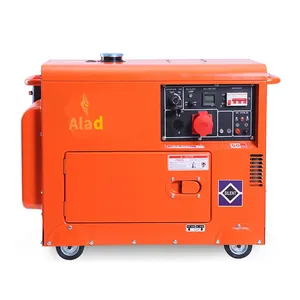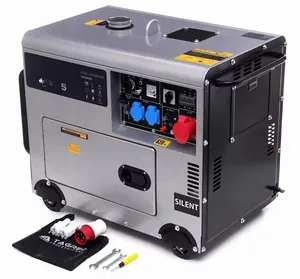Popular in your industry












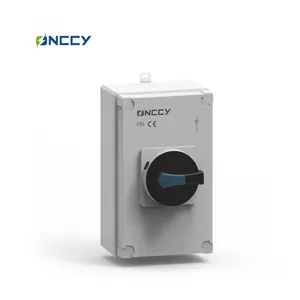

















































Related Searches:





































































































































Top categories
About gw4 type disconnector switch
Understanding the GW4 Type Disconnector Switch
The GW4 type disconnector switch is a pivotal component in electrical systems, designed to provide a reliable means of separating high-voltage circuits for safety and maintenance purposes. This category of switchgear is essential for industrial applications where electrical isolation is a critical safety requirement.
Design and Types
GW4 type disconnector switches come in various designs to meet diverse industrial needs. The core function remains consistent—to disconnect power for safety and servicing. These switches are categorized based on their operational mechanisms and installation types, such as centre-break, double-break, or vertical-break designs.
Applications and Uses
The application of GW4 type disconnector switches spans across multiple industries, including power transmission and distribution. They are commonly used in substations, power plants, and electrical distribution networks to ensure a clear, visible breaking point in the circuit.
Features and Materials
Constructed from durable materials, GW4 type disconnector switches are built to withstand environmental stress and electrical loads. Features may include corrosion-resistant contacts and robust insulation to ensure longevity and reliability in various operational conditions.
Advantages of GW4 Type Disconnector Switches
The advantages of using a GW4 type disconnector switch include enhanced safety due to its clear disconnection point, ease of maintenance, and adaptability to different electrical systems. Their robust design ensures that they can handle high-voltage operations with minimal maintenance.
Selection Considerations
When selecting a GW4 type disconnector switch, it is crucial to consider factors such as voltage rating, current capacity, and environmental conditions. These switches must be chosen based on the specific requirements of the electrical system in which they will be employed.

